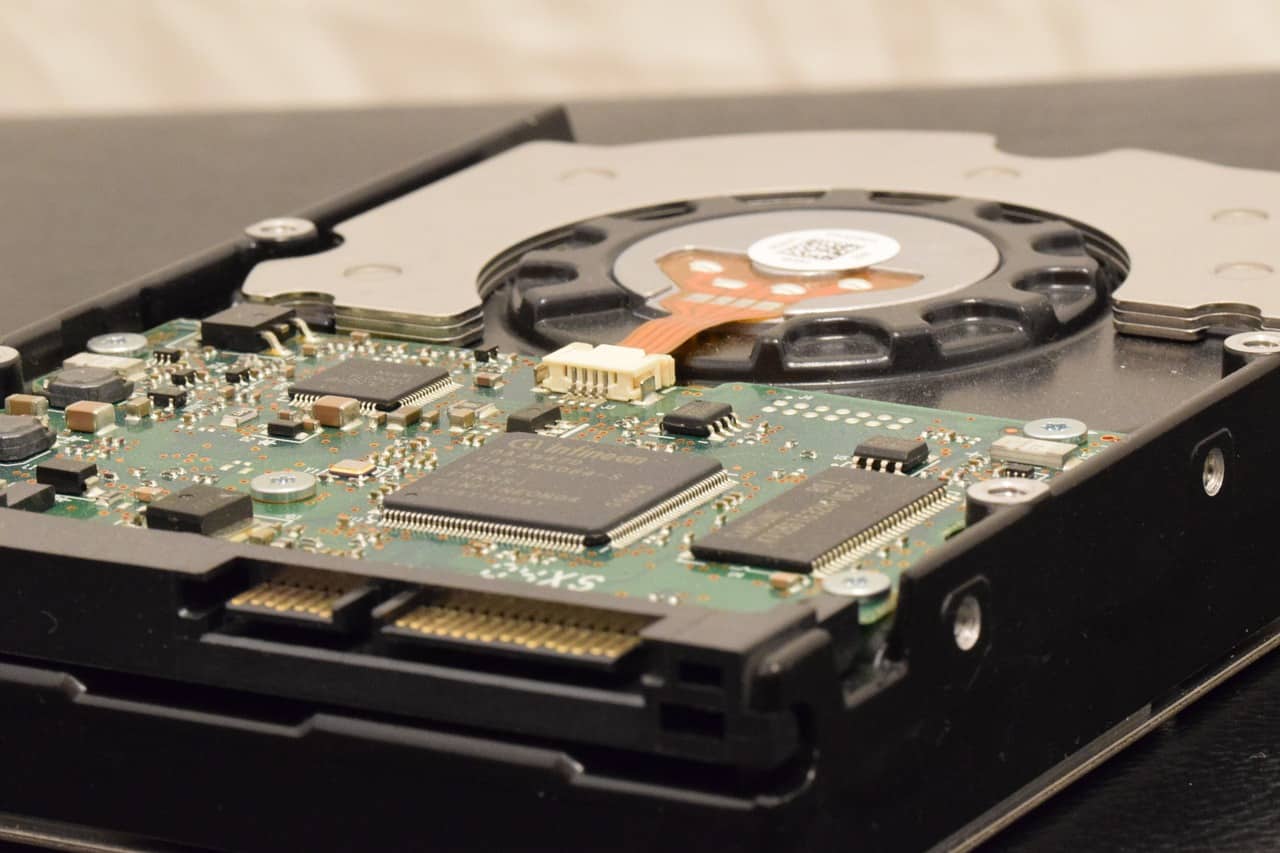I’m a millennial. I grew up to the sounds of Cartoon Network and had gone through several iPhones by the time I was a teenager. I also had to undertake several computer literacy courses in school. It must have been ninth – no, eighth grade. The teacher came into class and wrote down the data sizes we’d been taught till that point. Bit, Byte, Kilobyte, Megabyte, Gigabyte, Terabyte. We knew these; they were familiar to us.
Then our teacher began another word just beneath Terabyte on the board. “Peter-byte?” asked the class clown when he was done. Our teacher had written Petabyte. A petabyte is 1024 terabytes, a quantity that means next to nothing to you if you’re anything like me. For context, a ten-minute YouTube video is about 25 megabytes to download at the average 360p resolution. You’d need 4.1 million of those videos to fill up one of the Petabyte hard drives that are the subject of this article.
Why Do We Need A Petabyte Hard Drive?
The world will have produced at least 175ZB (Zettabytes – each is 1 million Petabytes, and I swear I’m not just making these names up) of data by 2025 by some relatively conservative estimates. When we talk about the cloud, we might think of some ethereal location in the heavens, but the cloud is just a lot of hard drives storing your files for you remotely. We’ll eventually run out of space to put these hard drives, though. This is why we need to be able to cram more and more data into progressively smaller drives.
Huge companies like Facebook and Google also need more and more access to storage space for their assets, user information, and software. This is evidenced by Microsoft’s search for places to store data (e.g., on the sea floor) or the vast sums tech companies regularly invest in the land to build data centers.
Petabyte hard drives represent not just a step toward cheaper and more efficient data storage but also the potential for technological advancement. We have already seen new technologies emerge due to the search for more efficient data storage, such as Microsoft’s Project Silica, which uses glass to store vast amounts of data (up to 3 times as much as previous methods). The success of that project made several storage device makers look to glass as the primary storage medium of the future, which means that the first Petabyte hard drive will likely use the same technology.
When Will These Be Available to Buy?
Before we make Petabyte hard drives a household computing essential, we need to solve a few problems. Glass is easy to etch messages into. Still, anyone who has ever used a smartphone knows that those scratches are next to impossible to get rid of. This means that glass-based optical storage is excellent for applications where there’s no need to keep changing the data over time. That type of application is rare. For a sense of just how rare, try to think of a situation where you’d need that type of storage.
Another problem we must overcome before petabyte hard drives become mainstream – especially if they’re glass – is that the internet is too slow to support their use. The fastest commercially available 5G can only transmit 100+ gigabits per second. It would take an eternity to back one of these up to the internet, especially when they become available for the public to buy and use.
Taking all this into consideration and remembering the progression of computer technology to this point, some experts place the first-petabyte hard drive in 2031. Think about it: in a decade or so, you might be able to store a thousand perfect copies of your current computer in a space that is just 2.5” across the diagonal. That’s mind-blowing. We can know that Tekeurope will be at the forefront of petabyte hard drive sales right off the bat.
What do you think about this? I’d like to hear your thoughts. I hope I’ll be lining up in 10 years to buy the first edition 1PB drive, but I’m cautiously optimistic about it until we can level the mountains in front of us.
